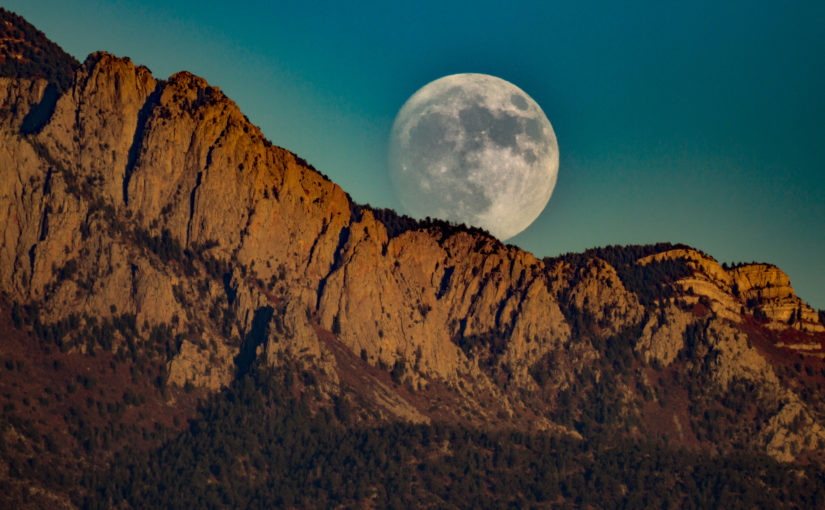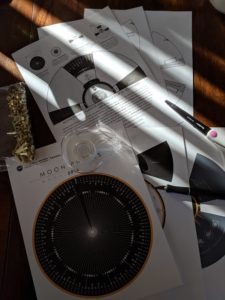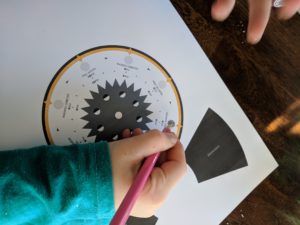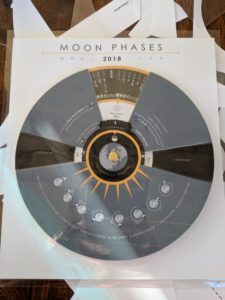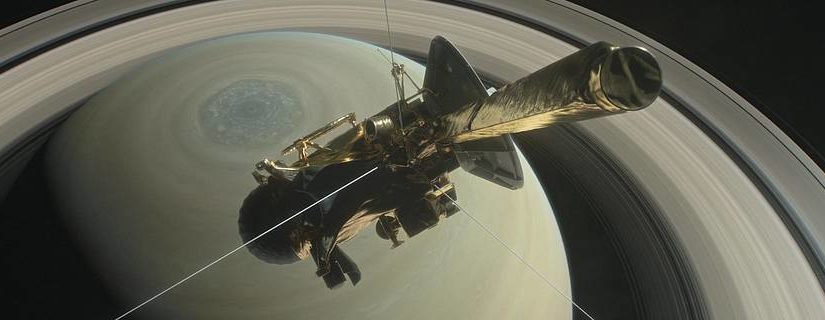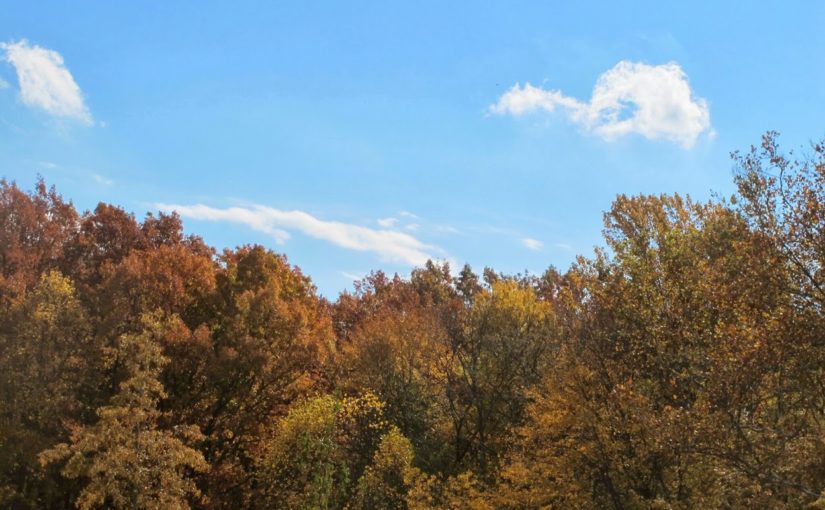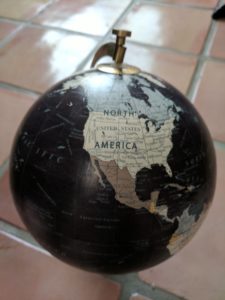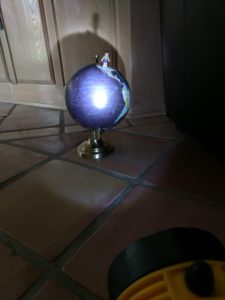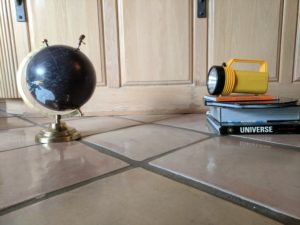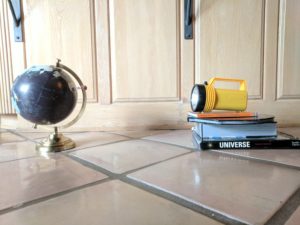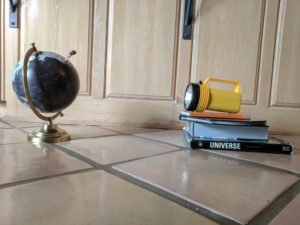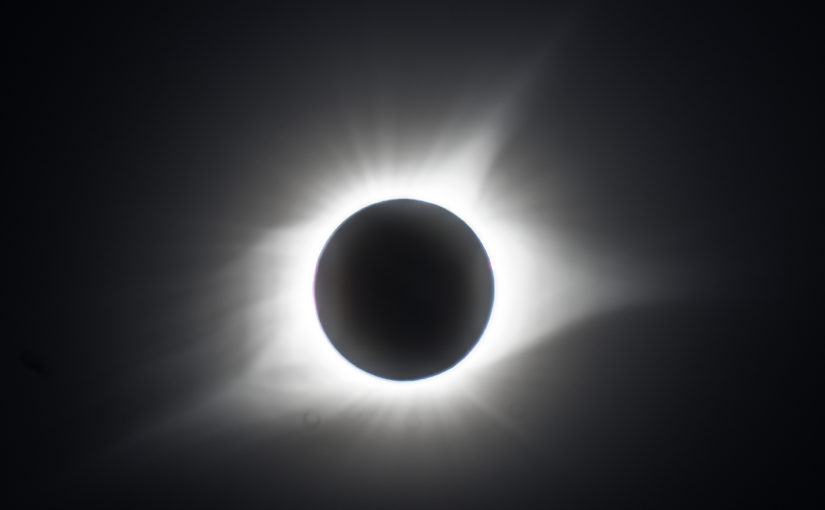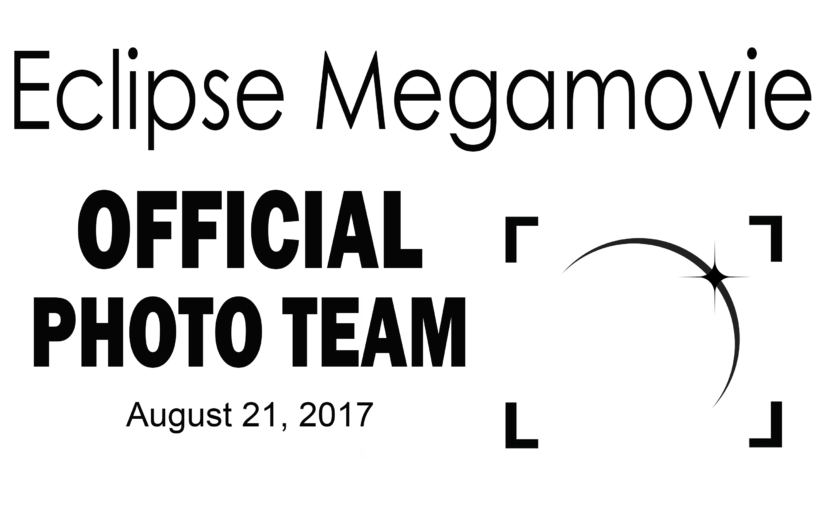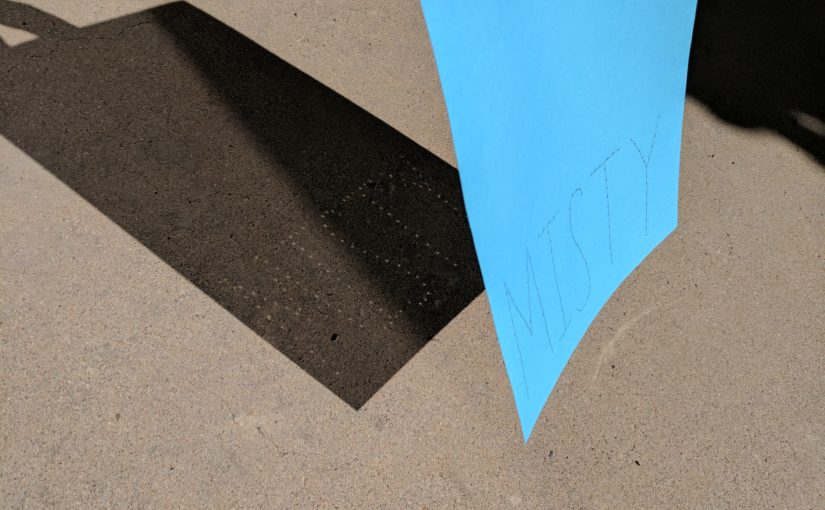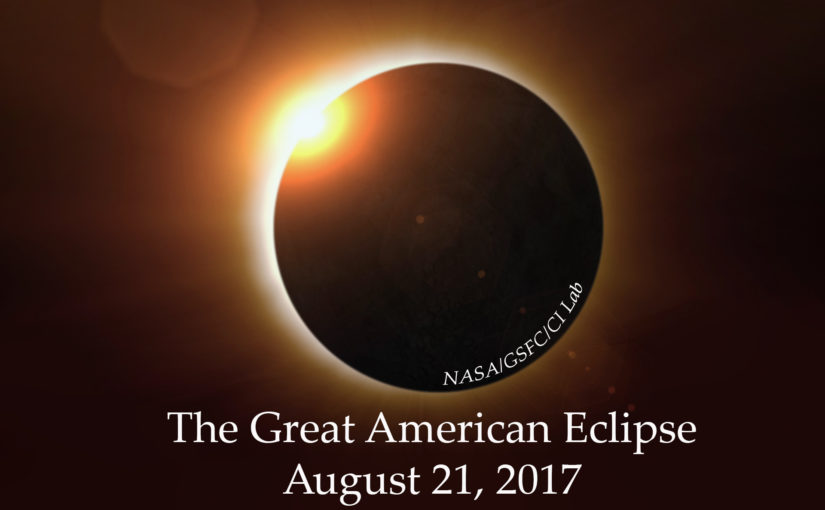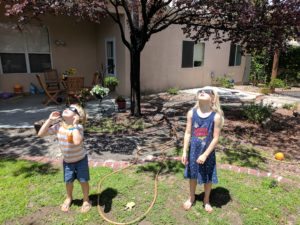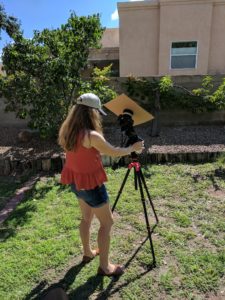Solar Eclipse Name Viewers

***Remember, NEVER look directly at the Sun without proper solar glasses or filters – it will damage your eyes. Sunglasses do NOT count.***
Countdown: 10days: 23hr:27min
Today, as part of our solar eclipse countdown, I wanted to show you how to make a fun solar eclipse viewer to use during the partial phase of the solar eclipse. In the picture above and the directions below, I suggest using your name. But get creative!
Materials Needed:
- Cardstock
- Pushpin
- Pushpin Mat (or cardboard, styrofoam anything so the pushpin does not damage the surface you are working on)
- Pencil
Making the Viewer:
Step 1 – Take your piece of cardstock and using your pencil, write your name using large letters.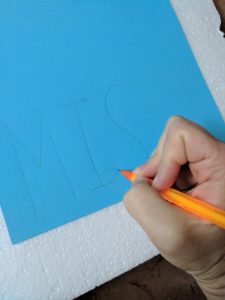
Step 2 – Place your cardstock on the pushpin mat (I used styrofoam).
Step 3 – Use the pushpin to make holes along the letters you wrote. Be sure to space your holes at least a half inch apart so the images of the Sun will be easily separated. 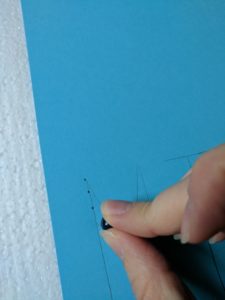
Step 4 – Once you’ve finished making all the holes, hold your cardstock up to a light in the room. Check to see if all of the holes are cleanly punched. Go back and fix any holes as needed.
Using the Viewer:
On the day of the eclipse you will take your viewer outside with you.
Step 1 – Stand with your back to the Sun.
Step 2 – Hold your viewer out to your side.
Step 3 – Angle your viewer so that the holes are facing the Sun.
Step 4 – Look at the ground to see the images of the Sun write out your name!

If you’d like to make these viewers and use them in your class or for homeschooling, please feel free! Here are some follow-up questions you can ask.
Follow up:
What shape are the images your viewer makes?
Try using your viewer in different locations. Is it easier or harder to see the images of the Sun on a lighter or darker surface? A bumpy or smooth surface?
Try positioning your viewer at different angles. How do the images change?
Try holding your viewer at different heights from the ground. What happens to the size of the images? At what height do they seem the most crisp?
Have Fun!
***Remember, NEVER look directly at the Sun without proper solar glasses or filters – it will damage your eyes. Sunglasses do NOT count.***
~Misty Carty, Ph.D.

